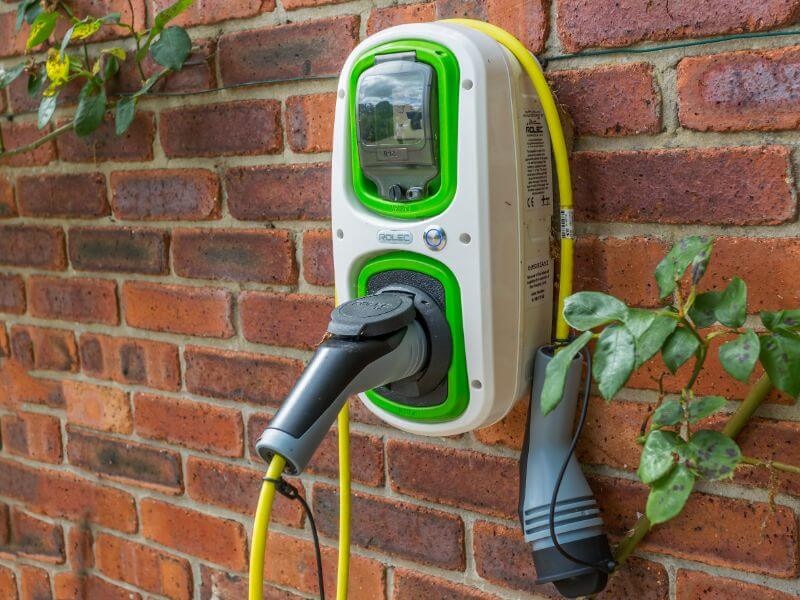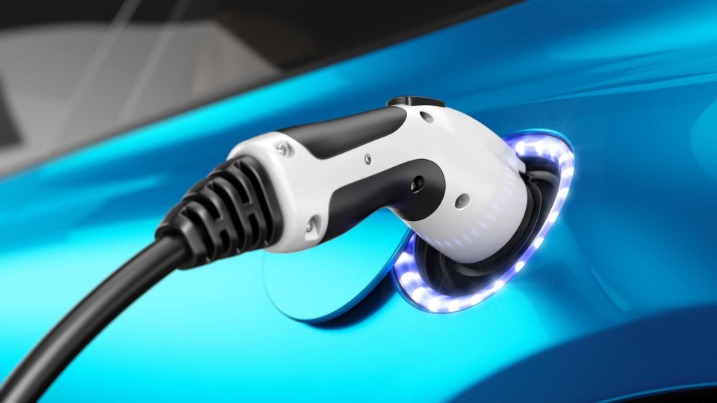EVgo has the largest public fast-charging network in the US, with more than 1,100 charging stations. They are strategically positioned for urban, corridor, and regional transportation hubs throughout the US. Their plans are subscription-based and allow you to charge your car more conveniently at lower costs. It involves charging your electric vehicle using a standard 120-volt outlet. This method provides an average of three to six miles of range per hour of charging. There are many charging stations available across the country, and you can easily find them using an electric car charging app.
If your work offers free charging, then that’s also a good option to plug in and boost your battery charge while you’re busy working away in the office. Looking to offset your electric bills (and the energy these appliances use) with solar? When you sign up (for free!) on the EnergySage Marketplace, you can compare solar quotes from high-quality, local solar installers.
The most common EV connector types are:
This charging station will allow for faster and safer charging while also avoiding potential problems that involve electrical overload in one’s home. Having a dedicated home charger is great, it’s hassle-free and simple. Read more about Electric car chargers here. However, if you are in a rush or travelling and need to charge, you also have the option to use public charge points. The charging at Shell Recharge comes in fast (7-22kW), Rapid (25-50kW) and ultra-rapid (150kW & above) speeds. In approximately 60 minutes, a Shell Recharge 50kW DC charger can typically charge from 2-80% and the 150kW charger can deliver power up to three times faster than that. Simply go to the charge point locator by clicking on the button below.
At Mer we specialise in helping out customers through every step of the journey
You can also buy longer ‘granny charger’ leads with stretches of up to 15m. A charge point needs to be installed by an electrician and prices quoted by some manufacturers like include installation. Level 3 chargers are very expensive – tens of thousands of dollars – which explains why you wouldn’t have one at your house. You’ll commonly find them in locations on highways to allow drivers to grab a quick charge on longer trips. But several owners thought the lights were too bright and ended up covering them with black electrical tape. The unit mounts on a bracket in such a way that it can be moved for transport, or locked in place to prevent theft.
It’s also the equivalent of a unit of electricity as quoted by energy suppliers on our electricity bills. A 7kW charger will charge at twice the speed of a 3.6kW charger if you have an electric vehicle that can accept it. You can see reviews and learn more about these on our charging pages. Many Level 2 chargers are also available in public areas for a very low cost per minute, and are very useful if you’re going to be at a mall or at work for a few hours. It may be that reputation that led Nissan, Ford, Hyundai, Fiat, Kia, BMW, Mitsubishi, and Volvo to partner with AeroVironment to offer their charging stations, often rebranded.
And lastly, you can view real-time charging updates, check charging status and view personal charging history. Level 1 charging stations are the most basic type of charging station. They use a standard 120-volt outlet, which can be found in most homes. The Level 1 charger comes with the vehicle and is used to trickle charge the battery. It can take up to hours to fully charge the battery using a Level 1 charging station. Whether you’re environmentally conscious or not, powering electric cars with renewable energy has many undeniable benefits. From reducing carbon emissions to reducing dependence on non-renewable sources of energy, charging stations powered by solar or wind energy are essential to creating a safer, cleaner, and more sustainable world.





